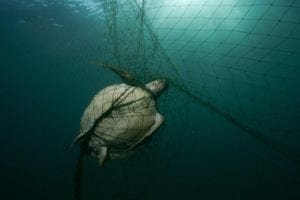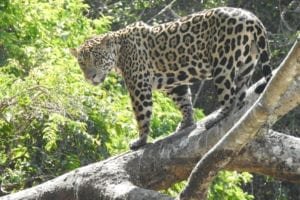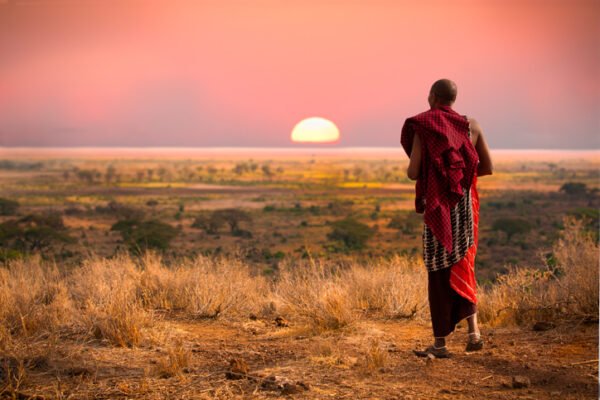Extinctions
The lost shark (Carcharhinus obsoletus), which was only formally described last year, enters the Red List as Critically Endangered (Possibly Extinct).
The species was last recorded in 1934. Its habitat in the South China Sea has been extensively fished for more than a century and remains one of the most overexploited marine regions in the world.
As it is unlikely that the species could have persisted under this heavy pressure, the lost shark may already be extinct.
All of the 17 freshwater fish species endemic to Lake Lanao and its outlet in the Philippines are now Extinct (15 species) or Critically Endangered (Possibly Extinct) (two species).
The extinctions were caused by predatory introduced species, compounded by overharvesting and destructive fishing methods.
Three Central American frog species have been newly declared Extinct. Additionally, 22 frog species across Central and South America were listed as Critically Endangered (Possibly Extinct).
The main driver of these drastic declines is chytridiomycosis disease. Conservation efforts to protect critical habitat are helping populations of several other amphibian species to recover.
Among them is the Oaxaca Treefrog (Sarcohyla celata), which moved from Critically Endangered to Near Threatened thanks to actions by local communities in Mexico.
Plants under pressure
The protea family has been comprehensively assessed with this update, revealing that 45% (637 of 1,464 species) of these striking flowering plants that grow mainly across the Southern Hemisphere are Vulnerable, Endangered or Critically Endangered.
Many of the species have highly restricted ranges, making them more vulnerable to the spread of invasive alien species, changes to natural fire cycles caused by humans and linked with climate change, and loss of habitat to agriculture.
The protea family includes three Macadamia species – the same species that produce the farmed macadamia nut crop – which have entered the IUCN Red List as threatened with extinction in the wild.
The macadamia nut (Macadamia integrifolia) is listed as Vulnerable, while M. ternifolia and M. tetraphylla are listed as Endangered.
Oak trees have been comprehensively assessed, revealing that almost a third (31%, 113 of 430 species) are threatened with extinction. Nine Asian oaks enter the IUCN Red List already Critically Endangered (Possibly Extinct or Possibly Extinct in the Wild).
The highest numbers of threatened species are in China and Mexico, followed by Vietnam, the United States and Malaysia. Land clearance for agriculture and logging are the most common threats in China, Mexico and Southeast Asia. Invasive alien species and diseases and climate change are the key threats to oaks in the United States.
The IUCN Red List
Global figures for the 2020-3 IUCN Red List of Threatened Species:
Total species assessed: 128,918
Total threatened species: 35,765
Extinct: 902
Extinct in the Wild: 80
Critically Endangered: 7,762
Endangered: 13,285
Vulnerable: 14,718
Near Threatened: 7,644
Least Concern: 66,469
Data Deficient: 17,878
 Play Video about This Rock Might Just Save The World
Play Video about This Rock Might Just Save The World Play Video about Play 2 hours of rock
Play Video about Play 2 hours of rock Play Video about Play 2 hours of brook
Play Video about Play 2 hours of brook Play Video about Play 2 hours of sheep
Play Video about Play 2 hours of sheep















































